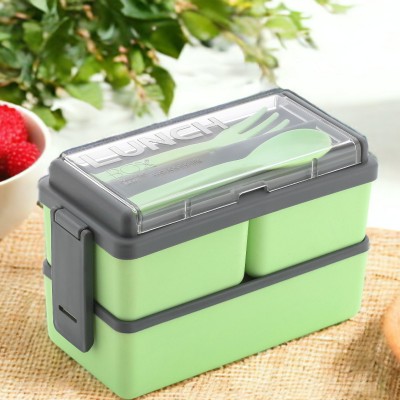
Terra Charms Artisan Clay Surahi: Crafted by skilled artisans, often with unique details. 1250 ml Bottle (Pack of 1, Brown, Clay)
Share
Terra Charms **Artisan Clay Surahi**: Crafted by skilled artisans, often with unique details. 1250 ml Bottle (Pack of 1, Brown, Clay)
इस प्रोडक्ट पर राय देने वाले पहले व्यक्ति बने
₹453
₹1,499
69% off
जल्दी करें, सिर्फ़ 9 बाकी!
उपलब्ध ऑफ़र
T&C
T&C
T&C
T&C
Warranty
NA
Delivery
Check
Enter pincode
डिलीवरी7 अगस्त, गुरुवार
?
अगर 2:59 AM से पहले ऑर्डर किया गया
जानकारी देखें
Capacity
- 1250 ml1250 ml
Please select a Capacity to proceed
Highlights
- Made of: Clay
- Bottle Type: Bottle
- Capacity: 1250 ml
- Pack of: 1
सर्विस
- NA
- कैश ऑन डिलीवरी उपलब्ध?
Seller
जानकारी
1. **Material**: Made from natural clay, typically terracotta or earthenware, which is sourced locally and known for its cooling properties.2. **Design**: The surahi typically has a bulbous body with a narrow neck and a spout for pouring water. This design helps in maintaining the temperature of the water inside.3. **Functionality**: The porous nature of clay allows water to seep through its walls, facilitating evaporative cooling. This makes it ideal for storing water in hot climates, where the water inside stays naturally cool.4. **Traditional Use**: Clay surahis have been used for centuries in Indian households, especially in rural areas, as a reliable and sustainable way to store and serve water.5. **Decorative Elements**: Some surahis are adorned with traditional designs, patterns, or engravings, adding to their aesthetic appeal and cultural significance.6. **Sizes**: They come in various sizes, from small individual surahis to larger ones suitable for family use or ceremonial occasions.7. **Environmental Benefits**: Clay surahis are eco-friendly as they are made from natural materials and do not involve the use of plastics or chemicals.8. **Cultural Significance**: Beyond their practical use, clay surahis hold cultural importance in Indian traditions and rituals, often used in ceremonies or religious practices.9. **Maintenance**: They require occasional cleaning and soaking to maintain their usability and keep them free from impurities.
Read More
Specifications
In The Box
| Sales Package |
|
| Number of Contents in Sales Package |
|
General
| Type |
|
| Body Material |
|
| Handle with Care |
|
| Model Name |
|
| Net Quantity |
|
Convenience Features
| BPA Free |
|
| Leak Proof |
|
Additional Features
|
Dimensions
| Other Dimensions |
|
Safe and Secure Payments.Easy returns.100% Authentic products.
Back to top









